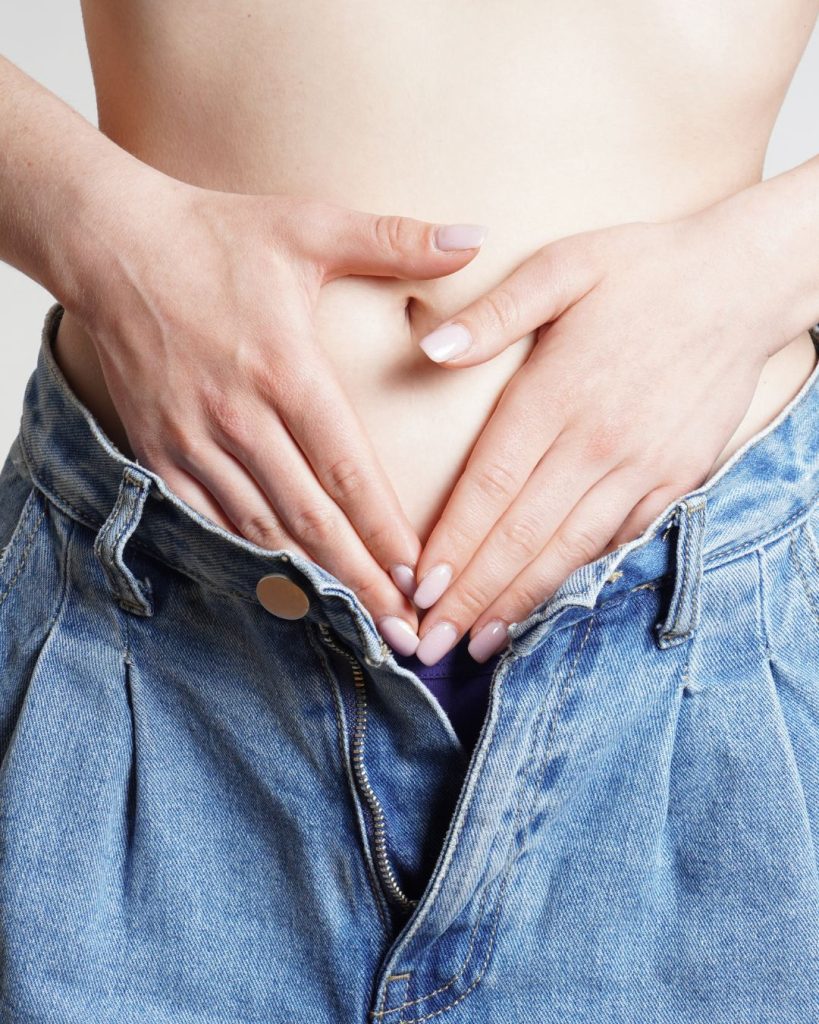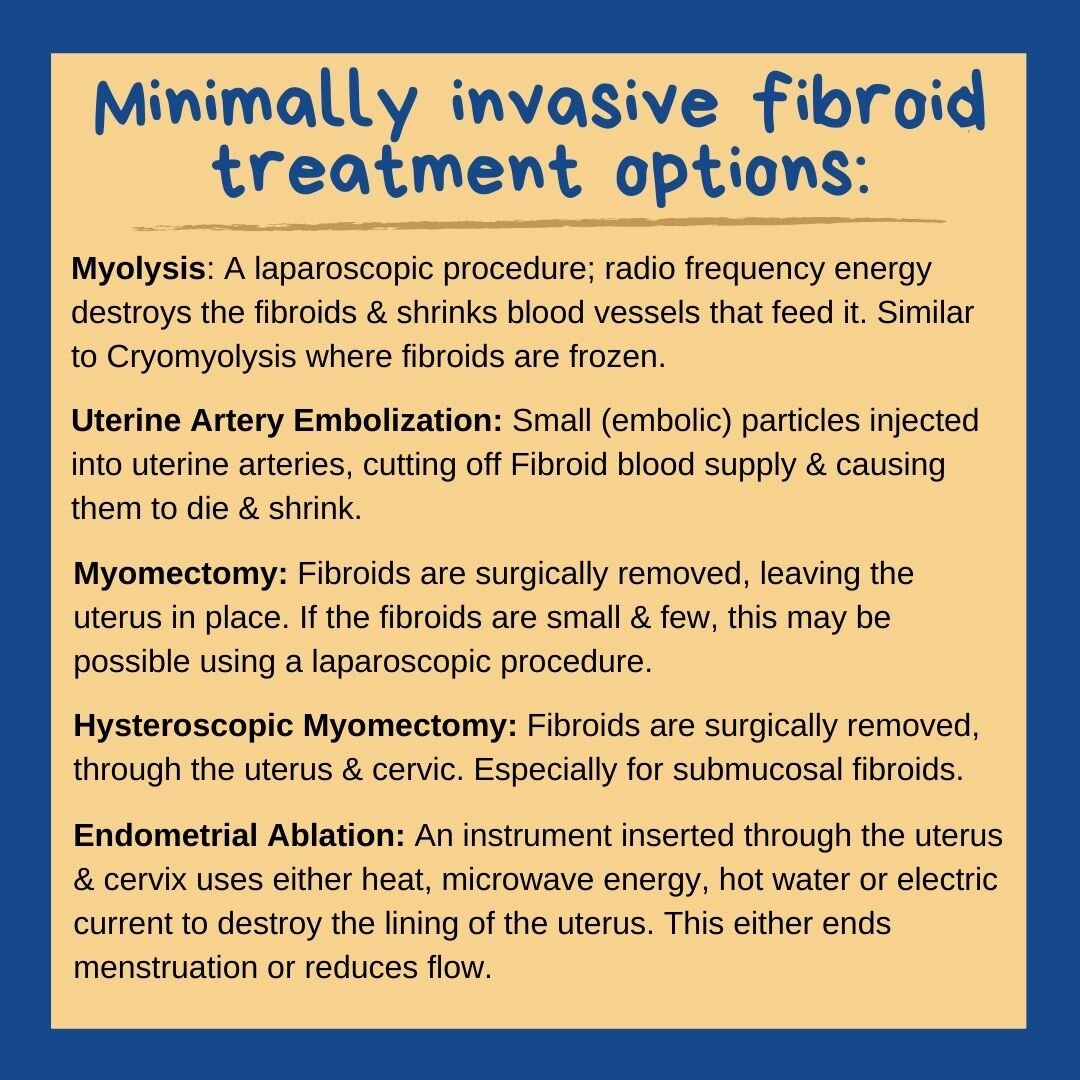
Well that depends.. how many are there and what size? How much do they protrude into the uterus? Are you trying to conceive? If so when do you ideally want to conceive? If not, are you in an emergency situation from continuous bleeding or severe pain? The answers to these types of questions and the information in this article will help inform your decision making. This article does not replace a medical diagnosis or recommendation, so speak with your GP, specialist and Chinese Medicine Doctor before making any decisions.
Chinese Medicine (CM) is over 2000 years old and has a long history of addressing women’s health issues and fertility. CM showed an in-depth functional understanding of the fascia, microbiome, circulation, hereditary disease, gaseous neurotransmitters and the link between emotions and internal imbalances long before modern medicine was born. It still has much to offer in the modern world.
What are fibroids and polyps?
In CM, fibroids and polyps are described as the result of Blood Stagnation and/or Phlegm accumulation (microcirculation blockages) leading to the formation of growths in the uterus. Biologically they are non-cancerous tumours made of smooth muscle cells and fibrous connective tissue that grow within the walls of the uterus, inside the uterine cavity or on the outside of the uterus.
What are the symptoms?
The most common symptoms of fibroids are heavy or irregular periods, but many women experience no symptoms at all. Staggeringly, over two thirds of Australian women will experience fibroids in their lifetime though many will never know. One third of them will likely experience some of the following symptoms:
As many as 20-50% of women aged 35-50 have them. Those are staggering statistics. What’s worse is that somewhere between two thirds to half of all hysterectomies performed annually in western countries are due to fibroids! Plus over 50% of those women have their ovaries removed as part of the hysterectomy. This procedure commonly initiates instant menopausal symptoms no matter the persons age, which is a major life transition and shouldn’t be taken lightly.
If you have a wholistic view of your health it is highly likely that you will have strong resistance to the idea of having an organ removed without attempting to resolve undesirable symptoms naturally.
In my personal opinion the fact that two thirds of women with fibroids can live symptom free suggests that undesirable symptoms in many cases can be resolved without invasive and permanent procedures. Having said that, there are times when surgery may be necessary and it’s important to be informed around those choices.
Impact of fibroids and polyps on fertility:
Growths from Blood stagnation can have a negative impact on the nature and quality of the endometrium, which you can think of as a garden bed. If the endometrial layer is the fertile soil, then quality blood circulation is the water and nutrients.
A fertilised egg, like a seed or plant, needs a safe place to be planted in which to sink its roots, with enough space and nutrients to thrive. If the garden is crowded with rocks just below or above the surface, then suitable planting sites are limited, especially when the rocks can grow!
Objects such as large polyps (approaching 2cm) and fibroids that protrude into the uterine cavity can take up a lot of space. They can have an intrauterine device (IUD) effect by contributing to uterine inflammation, impairing embryo implantation and leading to miscarriage.
When a fertile egg is implanted, the front and back walls of the uterus gently press together like hands pressing down the soil around a newly planted seed/seedling to help hold it there until it can get established. If fibroids or polyps protrude enough into the uterine cavity, they can actually prevent this from happening effectively.
It’s not only conception and early pregnancy that is at risk. Late stage miscarriages can be attributed to failure of placental development due to obstruction by fibroids as well if there isn’t enough space in which to grow.
How fibroids and polyps are treated:
So what are your options to prepare your endometrial garden for new life? Or if you have no intention of being a gardener but are suffering from negative symptoms, what then?
Large polyps discovered with ultrasound will usually be removed surgically before attempting conception. Hysteroscopic polypectomy is a straight forward procedure, carrying little risk compared to improvements in successful conception in women undergoing ART 1. This is a simpler and more effective approach than CM, which has limited success removing pedunculate polyps.
How you address fibroids will depend on whether the type of fibroid is operable, your personal values, your pregnancy goals and timeframes.

Specialists will often recommend surgical removal in severe cases of fibroids prior to attempting pregnancy if they are large and numerous. This is major surgery with long recovery times, however in a young healthy woman, will often improve fertility and reduce the likelihood of miscarriage.
Should you wish to avoid surgery and time is on your side, then masses can be addressed with CM 2. In the case of large submucosal fibroids where surgery is not appropriate, CM may also be a good option.
The results from CM can be mixed, but in a woman with a strong constitution, with abundant Qi and Blood, CM could be used to reduce the size of fibroids. A strong Blood-moving herbal formula and supporting acupuncture treatments can be used to encourage fibroid necrosis and shrinkage.
It is equally important to be aware that in early stage pregnancy the sudden changes in hormones are likely to cause a rapid increase in fibroid size, and potential risk to pregnancy. This requires consistent management with acupuncture and herbs to slow the growth initially and reduce the size in mid to late stage pregnancy according to case studies 3.
If you are considering Acupuncture and CM it is important to note that you cannot attempt conception during treatment with strong blood moving herbal formulas like the ones used to reduce fibroid size.
If surgical removal is looking like the most likely solution, it makes sense to try to reduce the size of large fibroids prior to removal if time is on your side. The larger the fibroids the more tissue has to be removed. When more tissue is removed more scar tissue forms after their removal; another hard surface in your garden that can impede blood flow. For many women without private health, surgery wait times could be more than 6 months, this is ample time to actively attempt to reduce their size through acupuncture and patented Chinese herbal formulas.
Similarly, if your main concern is not fertility but reducing/improving symptoms, this is something that CM has a long history of addressing. In particular, if you have a long wait period before surgery, or want to avoid surgery, you may be able to greatly improve symptoms and your quality of life and possibly achieve all of your health goals with CM.
A relatively new type of treatment for fibroids is called a Fibroid Embolisation. A non-surgical procedure aimed at blocking the blood supply to the uterus in order to stop the growth of fibroids. A substance is injected into the artery that feeds blood to the uterus in order to block the blood flow and starve the fibroid.
Fibroid Embolisation may be a good option for inoperable fibroids. Using logical thinking, if it starves the fibroid then it also starves at least part of the uterus. This is worth considering. The risks include possible infection from tissue death (due to loss of blood supply), damage to other organs due to unintended loss of blood supply and, possible problems with future pregnancies.
This likely sounds like an undesirable option if you are still planning to have children as pregnancy relies heavily on a good blood supply to the uterus. However scar tissue from surgery can have a similar impact on blood supply so take this into consideration when weighing up surgery. As always talk to your doctor about the risks and be wary if they dismiss them.
To wrap up this lengthy article, in cases of substantial Blood stagnation like large polyps or fibroids, it makes good sense to remove them with surgery (or reduce their size with strong herbal treatment) BEFORE trying to fall pregnant.
Timing is important, so get clear on your fertility goals and timeframes if they’re a consideration.
Remember that removing large fibroids is major surgery.
Hysterectomy is also huge and will likely trigger menopausal symptoms, which brings with it a whole host of new undesirable symptoms. These may be brushed aside by saying that there are hormone replacement therapies or drugs that regulate hormones. Yet in my experience these are rarely as effective as patients would like. If you are close to natural menopause already then it’s not such a big issue. If your doctor or specialist dismisses your concerns you may want to get a second opinion.
If you want to fall pregnant as soon as possible, then several months of Acupuncture and herbs is not going to fit your timeline. However, if you are happy to wait, or pregnancy is not part of your plans, then a natural alternative to invasive techniques might suit you. Keep in mind that treatment with acupuncture and CM takes months. Above all consult with your specialist, your CM doctor and do your own research. We hope this article has helped to inform you.
About Allied Acupuncture Gold Coast
PH: 07 5522 1691
W: www.alliedacupuncture.com.au
A: 7a / 2 Executive Dr, Burleigh Waters QLD 4220
Gold Coast acupuncture clinic Burleigh Waters. Located near the major intersection of Reedy Creek Rd and Bermuda St, near Treetops Shopping Centre and Bunnings.
We’re 15km or 20 minutes from the Gold Coast Airport and 13.4km from Surfers Paradise. Midway between the M1 Motorway and the Gold Coast Highway at Burleigh Heads.
The clinic has FREE off-street parking, wheel chair access and toilet facilities.
SAME DAY ACUPUNCTURE APPOINTMENTS AVAILABLE:
Book online any time 24/7 or call our answering service Monday to Friday 9am – 5pm for same day appointments on 0755221691. Book an Initial Consultation and Treatment then look for your welcome e-mail.
An Initial Consultation and Treatment with Dr Scott Baker (Acupuncturist) involves discussing your health history, followed by a physical assessment, diagnosis and acupuncture treatment.
Diagnosis involves palpation of the problem area and possibly the abdomen and/or arms and legs. Chinese Medicine may also involve looking at your tongue and checking your pulse where indicated.
Available treatments:
Acupuncture and Chinese Medicine Clinic Gold Coast
Find an AHPRA Registered Acupuncturist near you – search ‘acupuncture near me.’ Servicing:
References:
1. Robker RL, Alison LK, Bennett BD, er al. Obese women exhibit difference in ovarian metabolites, hormones, and gene expression compared with moderate weight women. J Clin Endocrinol Metab 2009;94(5):1533-40.
2. Maclean W, Lyttleton J. Abdominal masses. Clinical Handbook of Internal Medicine. ;Vol 3 Sydney: Pangolin Press; 2010;6(2):271-83.
3. Lyttleton J. Treatment of infertility with chinese medicine, 2nd ed. Churchill Livingstone Elsevier, London 2013:126-7.